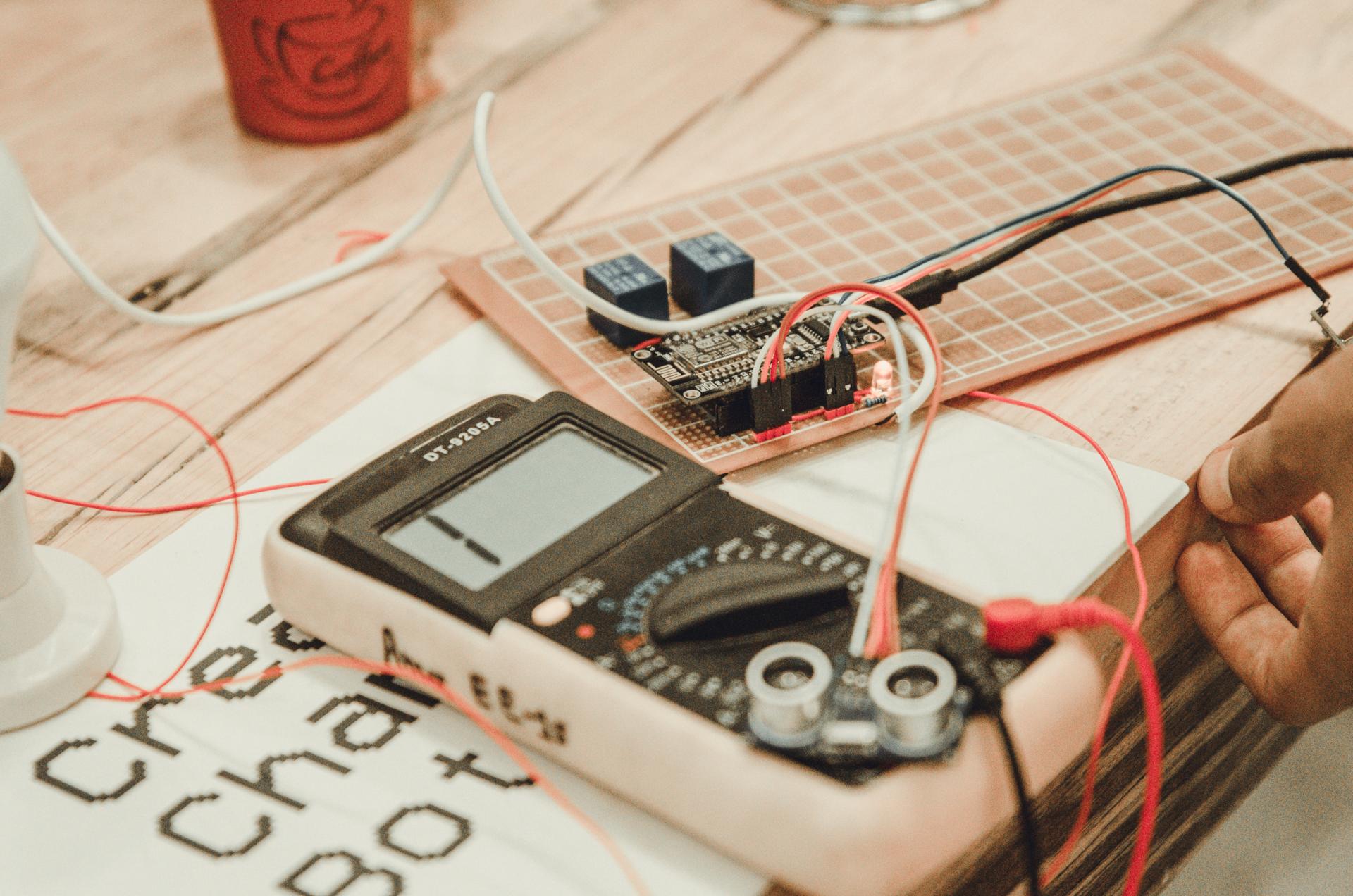A Beginner's Tutorial to Conducting an Electrical Security Test at Home

In the realm of security in your home one of the primary aspects to be considered is electrical safety. Testing for electrical safety is the process of checking the electrical system within your home to make sure that it is safe and in compliance with the latest standards. In this article, we’ll provide you with the basics of what electrical safety tests are, what tools you’ll require in order to carry them out, the best method to carry out the tests and the warning signs to be on the lookout for.
What is what is an Electrical Safety Test?
An electrical safety test is the procedure of examining the electrical system inside your home to verify that it’s safe and functioning properly. Safety tests for electrical appliances are crucial as they help to avoid electrical fires and accidents as well as ensure the durability of your electrical system.
Tools Needed to conduct an Electrical Safety Test
In order to conduct an electrical safety test you’ll require a few basic equipment. They include the voltage tester and a continuity tester circuit tester, and an outlet tester. It is utilized to look for live circuits, while the continuity tester checks for circuits that are damaged. Circuit testers are used to check for wiring faults and the outlet tester is utilized to identify electrical issues in outlets. It’s important to use these devices correctly to get accurate results.
How do I Conduct an Electrical Safety Test
To conduct an electrical safety test inside your home, follow these steps:
Shut off the power supply for the circuit that you’re conducting tests on.
Utilize the voltage tester to look for live circuits.
Use the test for continuity to look for broken circuits.
Use the circuit tester to test for wiring faults.
Utilize the tester for outlets to find any wiring issues within the outlets.
When testing, be sure to look for indications of wear or damage on the wiring that could indicate damaged or frayed wires, burn marks, or loose connections. If you spot any problems, it’s important to address the issues as soon as you can to avoid potential hazards.
The Signs of Electrical Issues to Look Out for
There are a variety of warning signs that could signal electrical problems in your home. These include flickering lights, frequent circuit breaker tripping, buzzing or crackling sounds emanating from outlets. They also include the appearance of outlets that are discolored or hot and a smell of burning. If you observe any of these warning signs, it’s important to get to work immediately to avoid any electrical dangers.
Conclusion
Electrical safety tests are crucial to ensure your safety and family. By performing regular tests and taking care to address any issues immediately you will be able to prevent dangers to your electrical system and prolong the lifespan of your electrical system. If you need assistance with electrical testing or repairs Don’t hesitate to reach out to Local Electrician Inner West. Our experienced team can give you professional guidance and assistance. Contact us at 1300 941 876 to schedule an appointment or request a quotation.
FAQ Section
When should I conduct an electrical safety check in my home?
We suggest conducting tests of electrical safety at least once a year.
Do I have the ability to conduct the electrical test on my own , or do I require a professional?
Although it’s possible to conduct an electrical safety test by yourself however, it’s advised to employ a professional to ensure accurate results and prevent potential hazards.
Are there any common electrical problems found in an electrical safety test?
The most common electrical problems found during a safety test include faulty wiring, overloaded circuits, and outdated electrical systems.
What should I do if encounter a problem during the electrical safety test?
If you discover a problem during the electrical safety test it is important to act immediately. This may involve calling an experienced electrician to fix the problem, or replacing faulty equipment.
